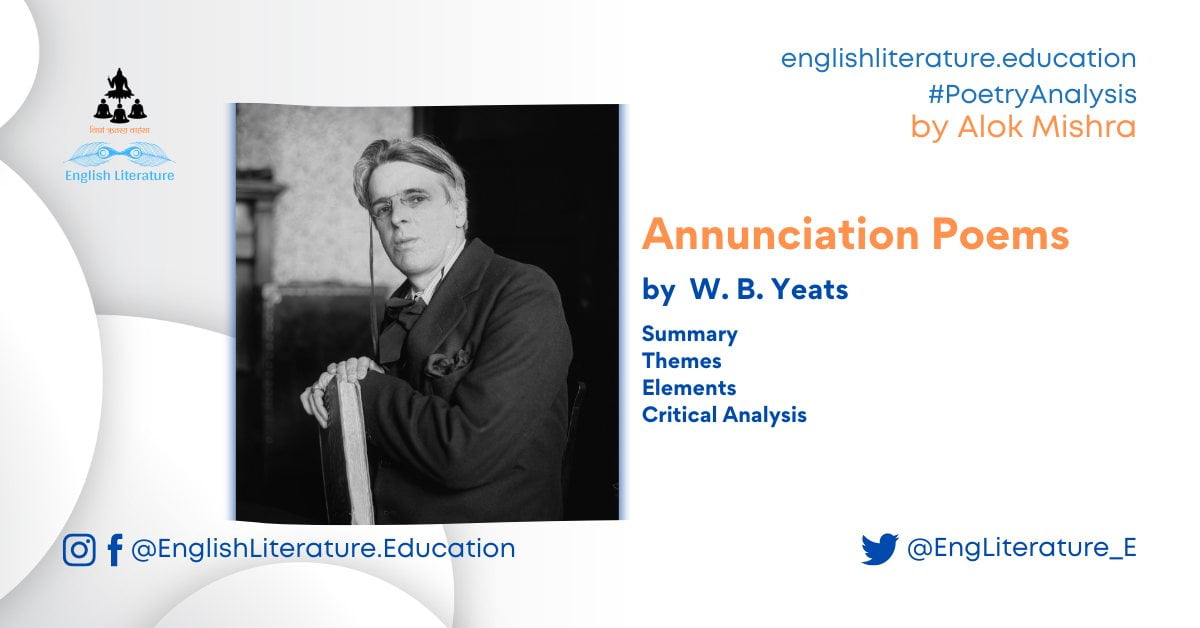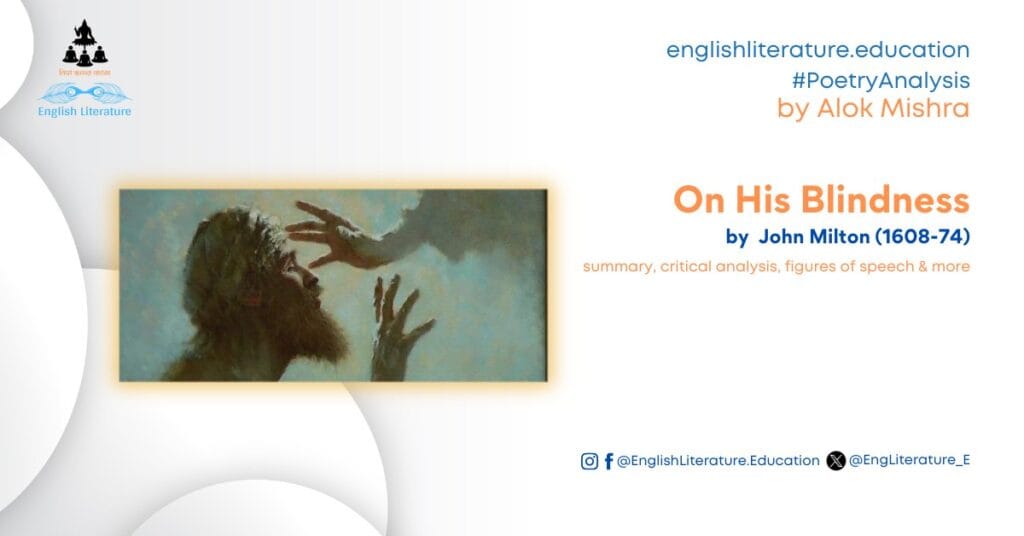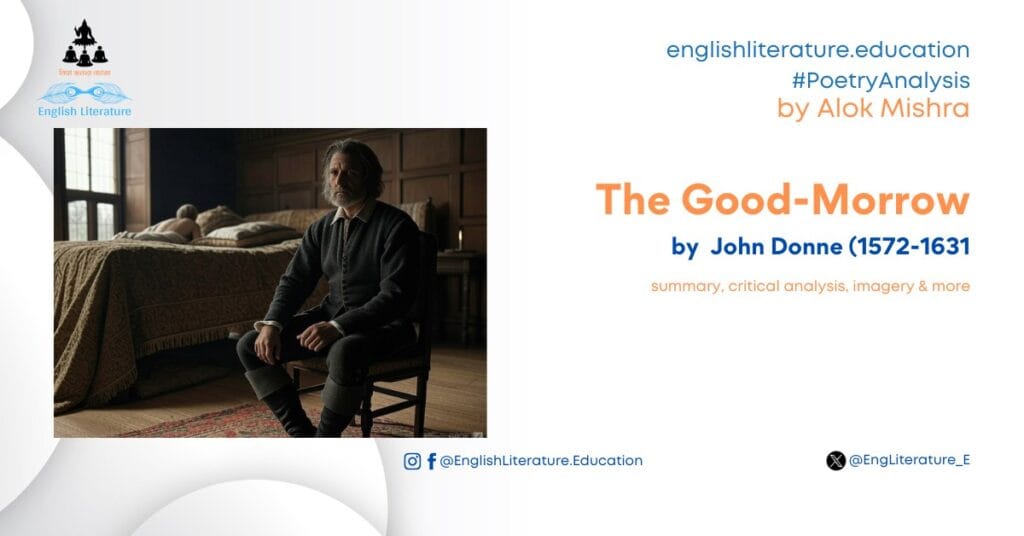If you are one of those readers who take more than usual interest in the poetry of W B Yeats, you must have come across this term already – the Annunciation Poems. As one digs deep, it is inevitable after carefully reading and analysing poems like Leda and the Swan and The Second Coming to explore this side of Yeats. So, what are Annunciation Poems regarding the works by W B Yeats? Which poems are Annunciation Poems? And, what can we do to understand this concept better? All the answers you are looking for are below. Carefully read this article and you will have everything you are curious to know and learn. If anything is unclear or you want something more, please write a comment and I will do my best to get back to you ASAP.
What are Annunciation Poems by Yeats?
The term “Annunciation Poems” refers to a collection of poems by W. B. Yeats that explore themes related to the concept of annunciation, which traditionally involves the announcement by the angel Gabriel to the Virgin Mary of her conception of Jesus. While Yeats did not explicitly group these poems under a single title, critics have identified a series of works that share common themes and motifs, drawing parallels with the annunciation theme in Christianity. Generally, critics identify three poems – Leda and the Swan, The Mother of God, and The Second Coming – as annunciation poems. However, some critics believe other poems by Yeats reveal the characteristics of the annunciation of the Biblical myths.
Major Annunciation Poems by W. B. Yeats:
Leda and the Swan: “Leda and the Swan” by W. B. Yeats stands as a poignant exploration of classical mythology, specifically the myth of Leda’s union with Zeus disguised as a swan. This vivid and haunting poem transcends the boundaries of time, encapsulating the moment of divine intrusion into mortal existence. The theme of annunciation, often associated with the biblical narrative of angelic announcements, takes on a nuanced form here, as the violation of Leda becomes a symbol of both transgression and transformative revelation. Yeats skilfully intertwines the mythological and the prophetic, weaving a narrative that not only grapples with the sensuality of the act but also foretells the apocalyptic consequences. The poem serves as a canvas where the divine and the earthly collide, creating a visceral portrayal of the interplay between fate and the gods. Yeats employs rich and evocative imagery, immersing the reader in the paradoxical beauty and violence of the scene. The swan, a symbol of both grace and aggression, becomes a metaphor for the duality inherent in divine intervention. As the poem unfolds, it invites contemplation on the complexities of power, desire, and the inexorable forces that shape human destinies. In essence, “Leda and the Swan” emerges as a masterful tapestry of mythology, prophecy, and the eternal dance between the sacred and the profane.
The Mother of God: “The Mother of God” by W. B. Yeats is a compelling exploration of spirituality and the divine, embodying the thematic essence of an Annunciation poem. In this piece, Yeats delves into Christian imagery, particularly the Virgin Mary, to weave a tapestry of contemplation and reverence. The poem unfolds as a dialogue between the speaker and the Mother of God, exploring the complexities of faith and the transformative power of divine encounters. Yeats masterfully employs vivid and symbolic language, infusing each line with a sense of sacred awe. The theme of annunciation resonates as the speaker grapples with the profound implications of being chosen by the divine. The verses evoke a sense of mysticism, inviting readers to ponder the intersection of the mortal and the divine realms. Through the lens of the Annunciation, Yeats explores themes of sacrifice, redemption, and the inexorable connection between the human and the divine. The Mother of God becomes a symbol of both purity and profound responsibility, marking a spiritual journey that transcends the boundaries of ordinary existence. As with many of Yeats’ poems, this work showcases his ability to infuse profound philosophical inquiry with lyrical beauty, offering readers a glimpse into the complexities of faith and the eternal mysteries that shape the human experience.
The Second Coming: “The Second Coming” by W. B. Yeats stands as a prophetic and apocalyptic masterpiece, often considered an indirect form of an Annunciation poem due to its themes of cosmic upheaval and spiritual revelation. In this evocative work, Yeats grapples with the turbulent political and social landscape of his time, using vivid and symbolic language to depict a world in chaos. The poem opens with the iconic lines “Turning and turning in the widening gyre / The falcon cannot hear the falconer,” setting the tone for a narrative that explores the disintegration of order and the imminent arrival of a transformative force. Yeats draws upon Christian imagery, particularly the notion of the Second Coming of Christ, to convey a sense of impending reckoning. The falcon imagery and the widening gyre symbolise a world spiralling out of control, while the birth of a mysterious creature, “a rough beast,” heralds a new era. The poem reflects Yeats’ fascination with cyclical time and the idea of historical recurrence. The Annunciation theme subtly underlies the poem as it contemplates a revelation or divine manifestation amid the chaos. Through powerful and enigmatic language, Yeats captures the zeitgeist of a world in flux, inviting readers to ponder the cyclical nature of history and the potential for spiritual rebirth amid societal disarray. “The Second Coming” remains a testament to Yeats’ ability to intertwine the personal, political, and metaphysical in a poetic exploration of profound existential questions.
Other Annunciation Poems:
- “The Cloths of Heaven” (1899):
- While not explicitly an Annunciation poem, it touches on themes of love and sacrifice, and some critics interpret certain lines as echoes of the Annunciation narrative.
- “The Statues” (1938):
- This poem explores themes of spirituality and transformation, with elements that resonate with the Annunciation motif.
- “A Nativity” (1933):
- While primarily focused on the Nativity, this poem is considered by some as connected to the broader cycle of events surrounding the birth of Christ, including the Annunciation.
Themes in the Annunciation Poems by W B Yeats:
The Annunciation poems by W. B. Yeats collectively explore themes deeply rooted in Christian theology, symbolism, and the mystical dimensions of human existence. While Yeats did not explicitly write a series titled “Annunciation Poems,” several of his works delve into the themes associated with the Annunciation – the angel Gabriel’s announcement to the Virgin Mary about the conception of Jesus. Common threads in these poems include the intersection of the divine and the earthly, the transformative power of spiritual encounters, and the cyclical nature of time and history.
Northrop Frye, a celebrated Canadian literary critic, suggests that Yeats, in his Annunciation Poems, employs the structure of romance to delve into the secular scripture of his verse, creating a poetic realm where myth and symbol converge to reveal profound truths about the nature of existence. Though Frye’s comment might not be in similar parallels, he suggests the same. However, one has to keep in mind that Frye’s assessment doesn’t take into account the ‘truths’ about the ‘nature of existence’ as everyone’s beliefs… it is, to be precise, Christian beliefs wrapped here and there with clouds of dust and debris of wisdom Yeats could gather because of his inquisitive approach – Hinduism, in particular (cyclic nature of life, existence and history).
Harold Bloom, another celebrated critic from the USA, believes that the Annunciation poems by Yeats are somehow marked by their profound spiritual resonance, encapsulating the poet’s engagement with divine themes, weaving a tapestry of myth and mysticism that underscores his distinctive vision. And this one makes more reasonable sense compared to the suggestion by Frye. Yeats, as a poet, cannot create new myths. However, he can add other layers of wisdom, mysticism and interpretations to those to create ‘his truths’ to be distributed among his ardent readers. And, so he did!
One notable poem often associated with the Annunciation theme is “The Second Coming.” Critics have observed that this poem, despite not directly depicting the biblical event, echoes the apocalyptic and revelatory elements inherent in the Annunciation. The falcon imagery and the birth of a mysterious creature symbolise a cosmic upheaval and the arrival of a transformative force.
In “Leda and the Swan,” another poem often discussed in this context, Yeats explores the mythological theme of Zeus’s seduction of Leda in the form of a swan. The violent encounter is seen as a prelude to the birth of Helen of Troy, a figure of great significance in Greek mythology. Critics note the thematic parallels with the Annunciation, as both involve divine interventions leading to profound consequences.
Yeats’ interest in Christian mysticism and symbolism is evident in his exploration of the Annunciation themes. Critics like Richard Ellmann have highlighted Yeats’ fascination with the interplay between the spiritual and the temporal, emphasising how the poet often wove Christian motifs into his broader exploration of Irish history and mythology.
Furthermore, Yeats’ engagement with theosophy and mysticism, evident in his later works, adds layers of complexity to the Annunciation themes in his poetry. Scholars such as George Mills Harper have delved into Yeats’ esoteric interests and their influence on his poetic vision, suggesting that the Annunciation serves as a symbolic framework for broader metaphysical explorations.
Final Words:
To reiterate, let’s agree that in these Annunciation Poems, Yeats’s language and symbolism go beyond traditional religious narratives, delving into a more esoteric and personal realm. The annunciation theme becomes a canvas for Yeats to explore broader philosophical and metaphysical questions, touching upon the nature of existence, the divine, and the mystical dimensions of human experience.
To further understand these poems, it is essential to consider Yeats’s fascination with mysticism, symbolism, and his engagement with various spiritual traditions, including the occult and theosophy. Critics such as Richard Ellmann and Harold Bloom have delved into Yeats’s complex relationship with spirituality and its manifestation in his poetry. Additionally, if you want to understand Yeats’ poetry in depth, exploring the critical works of scholars like Northrop Frye, who has written extensively on the archetypal dimensions of literature, can provide valuable insights into the broader significance of annunciation themes in Yeats’s poetry.
To conclude this article, Yeats’s Annunciation Poems encompass a series of works where the poet engages with the traditional theme of annunciation but infuses it with his distinctive symbolism and spiritual exploration. These poems become a lens through which Yeats contemplates the intersection of the divine and the human, offering readers a rich and multifaceted exploration of mystical and philosophical themes.
Further Reading:
This article is a part of articles on W B Yeats and his poems. You can explore other articles on the list below:
Among School Children (Complete Study Guide)
Sailing to Byzantium (Complete Study Guide)
Leda and the Swan (Complete Study Guide)
Written by Alok for English Literature Education
**




